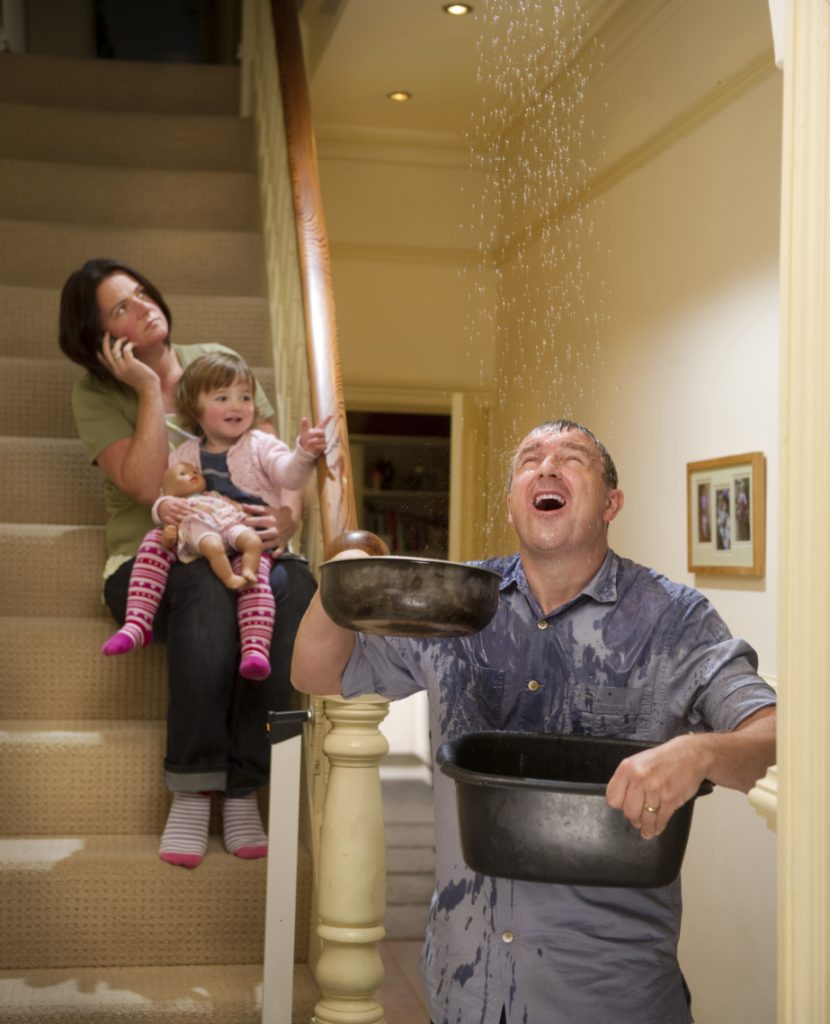Connect With Us
OUR CONTACT INFORMATION, 24/7 SERVICES
- phone_in_talk613-801-7547
- arrow_forwardContact Us
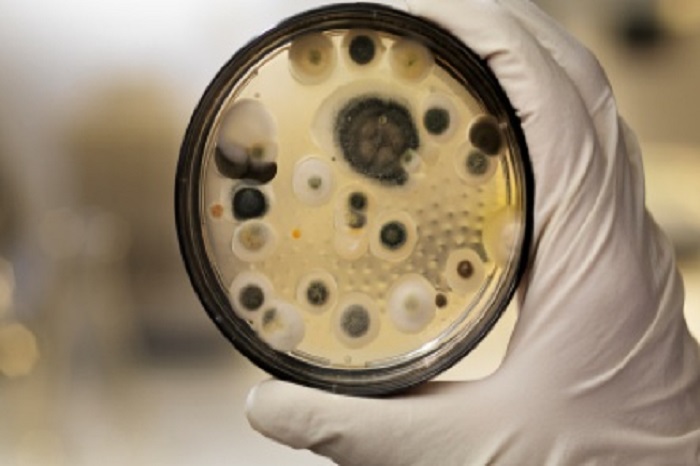
Mold Testing, Mold Remediation Services
When Water Damage Occurs, if it is not dried in time mold growth is likely to occur.
If the water damaged affected area has been wet for over a week, the next course of action would be to look at would be to have air quality testing to assess the level of exposure to mold spores. This will allow us to take the appropriate course of action and treatment to ensure the safety of the occupants of the home or business.
We always use a 3rd party independent environmental professional to do the assessment so that there is no conflict of interest.
To book an air quality test, send us a message in our contact form of simply call us directly.
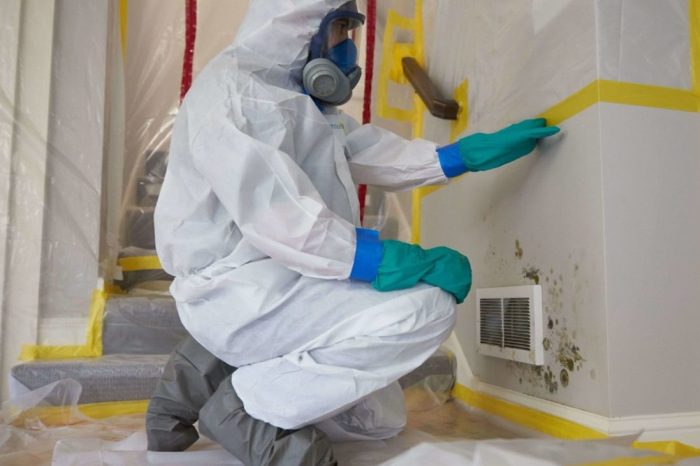
- checkMold remediation is the process in which mould contaminants are removed without cross-contaminating other areas and ensuring the safety of the occupants of the home or business.
- checkMold/Mould Contamination in Your Home Can Be Very Detrimental To Your Health and Well-Being. Some Mold Related Conditions May Include: Fungal Infection, Mold-Induced Hypersensitivity and Mycotoxin Toxicity. For This Reason, It Is Important to Deal With Any Mold Problem in Your Home ASAP.
- checkMold Can Grow in as Little as 72 Hours Under The Right Conditions. If You Are Past 72 Hours Since Your Water Intrusion We Always Inspect Your Home For the Presence of Mold.
Why Choose Us For Your Mold Problem?
Procedures
We Follow and Exceed the IICRC S520 Standard for Mold Remediation. This Means That Your Safety is Always Put First. In Performing Mold Remediation Services, All Possibilities of Cross Contamination Must Be Minimized.
We Use Proper Containment and Negative Air Pressure in All of Our Mold Procedures as Well as Cutting Edge Air Filtration To Ensure Your Home or Business and Their Occupants Are Always Safe.
Consistent Upgrade Training For All Technicians
We Pride Ourselves In Having The Most Competent and Well-Trained Staff in the Region. All of Our Team Have a Minimum of WRT Certification (Water Restoration Technician) and We Have The Highest Number of Staff Members Who Have AMRT Certification. (Applied Microbial Remediation Technician.)
In Addition, Our Team is Headed by a Triple Master Restorer (Water, Fire, Textile) With the IICRC. Education is the Key to Success in This Industry.
Cutting Edge Technology and Products
Our Company Uses Cutting Edge Techniques and Products That Haven’t Been Introduced to the Ottawa Market Yet.
We Import Products From the USA That Are The Next Generation of Technology and Are Far Superior. This Gives Our Company The Ability To Provide You With Better Results and in Less Time.
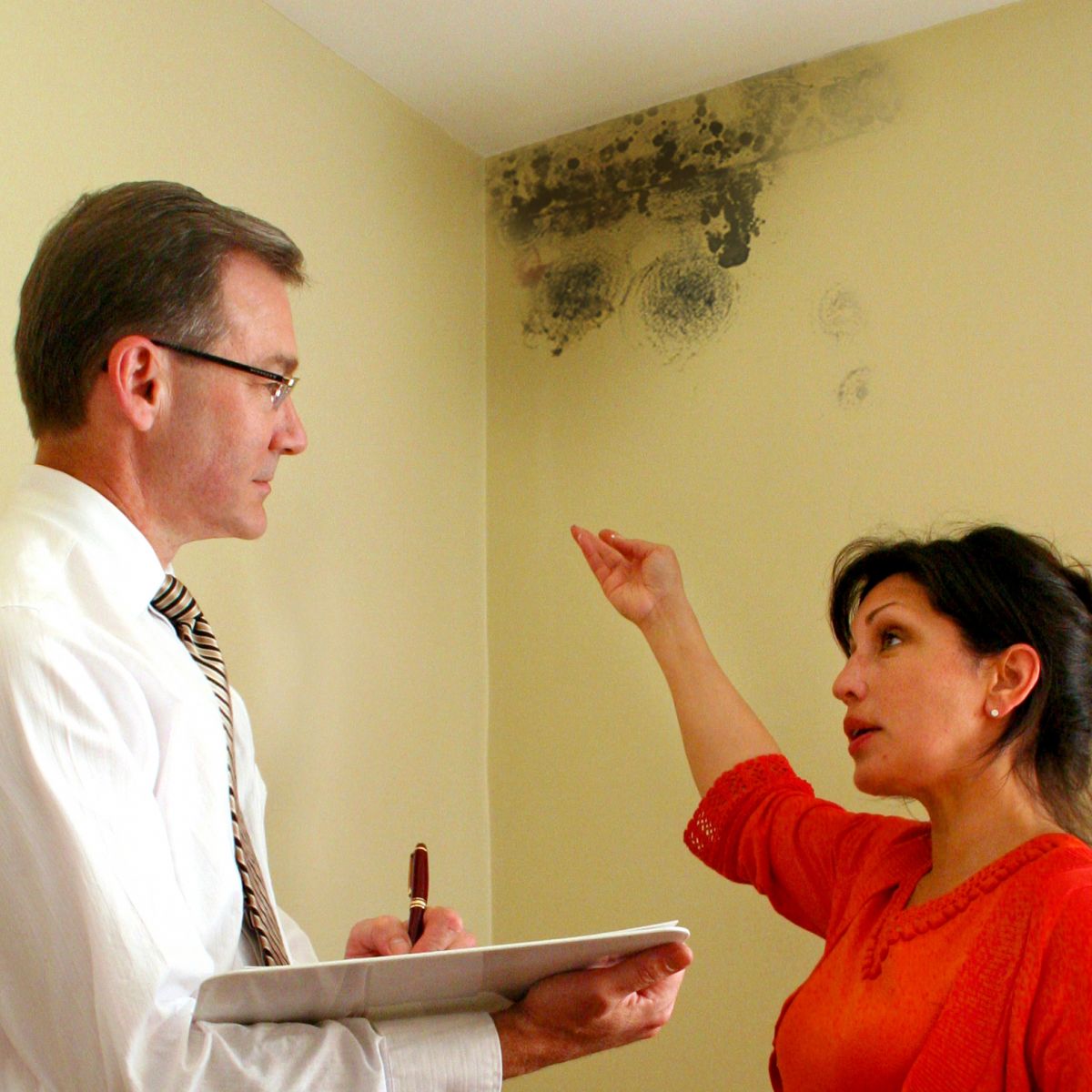
We Usually Recommend Air Quality Testing Done if Mold is Suspected. This is to Confirm the Level of Exposure and to Create the Correct Scope of Work. This is Always Done by a 3rd Party To Ensure no Conflict of Interest.
After Remediation, it is Usually Also Recommended to Have a Clearance Test Done to Check That the Remediation Clean-up is Complete and Successful.
Exposure to damp and mouldy environments may cause a variety of health effects or none at all. Some people are sensitive to moulds. For these people, moulds can cause nasal stuffiness, throat irritation, coughing or wheezing, eye irritation, or, in some cases, skin irritation. People with mould allergies may have more severe reactions. Immune-compromised people and people with chronic lung illnesses, such as obstructive lung disease, may get serious infections in their lungs when they are exposed to mould.
TYPES OF MOLD
Mould is a fungus, and it grows virtually everywhere on Earth. Lately, mould has become a hot topic because of increasing awareness about its potential health hazards. People aren’t exactly sure how many mould species there are, but estimates range anywhere between tens of thousands to over a few hundred thousand. Some of these different types aren’t dangerous to human health, while others lead to chronic and severe health conditions.
When addressing any mould growth in your home, it’s important to understand which type of mould you’re dealing with. Each one has its own characteristics, growth patterns and health effects to be aware of. It’s also necessary to be aware of the common places to find mould in your house so you can prevent the spread of these harmful and toxic substances. Check places like bathrooms, basements, roofs and window seals for harmful mould growth.
Harmful moulds can be any of the following classifications:
- Allergenic: Molds that cause and produce allergies and allergic reactions such as asthma attacks.
- Pathogenic: Molds that cause health problems in those suffering from an acute illness.
- Toxigenic: Molds that produce toxic substances that can lead to dangerous or even deadly health conditions. This is sometimes referred to as “toxic mold.”
The Following are a Few of the Mold Species That Are of Concern:
Acremonium
Acremonium mold is a toxigenic mold type that evolves in its appearance over time. It first starts out as a small moist mold that turns into a fine powdery substance. Acremonium mold is often pink, grey, orange or white in color. Acremonium typically grows in household systems and areas such as condensation from humidifiers, cooling coils, drain pans and window sealants.
Exposure to acremonium is very dangerous and it can lead to disease in the bone marrow, immune system and other organs. Because it is a carcinogen, it can also impair brain function. Acremonium is sometimes known to grow with other types of mold including Stachybotrys, which creates a particularly unpleasant and dangerous mold problem in homes.
Aspergillus
Aspergillus is a common mold found in Canadian households. It has long flask-shaped spores that can form thick layers or walls of the mold. This creates long chains of mold growth on surfaces. Because there are over 185 species of Aspergillus mold, it can appear in many different colours.
Aspergillus is an allergenic mold, but it is also capable of becoming more toxic depending on the species and the environment affected. It can lead to symptoms such as asthma attacks, lung infections and respiratory inflammation. Certain aspergillus mold species are capable of producing aflatoxins, a known and deadly carcinogen.
Chaetomium
Chaetomium is a mold commonly found in water-damaged homes and buildings. Chaetomium has a cotton-like texture and usually changes colors from white to grey to brown and eventually to black over time. Chaetomium mold is usually found in a damp or leaking roof, basement or sink and may be recognizable by its musty odor.
Chaetomium mould causes health effects such as skin and nail infections. In some cases, it can produce mycotoxins that are especially dangerous in individuals with compromised immune systems. Because it grows in chronically moist conditions, it is important to repair the cause of water damage in your home. This means you need to be aware of where to find it. Chaetomium mold can grow in places such as your roof, basement foundation or leaky pipes. Cutting off the moisture problem at the source will prevent this mold type from returning repeatedly.
Penicillin
Penicillin is an allergenic form of mold. It is easily recognizable by its characteristic blue or green coloured surface with a velvety texture. Penicillin mold is often found in water-damaged homes and buildings. It is found in materials such as carpets, wallpapers, ducting and even in mattresses. It spreads quickly from one area of the home to the next.
Unfortunately, though penicillin is responsible for important antibiotic production and food processing capabilities, it is also the cause of terrible respiratory conditions when it grows indoors. Penicillin spores can easily become airborne and travel throughout the home and can be inhaled by occupants, including pets and children.
Penicillin exposure can cause pulmonary inflammation and asthma. When exposed to it for a longer time it can lead to chronic sinusitis. People with immune disorders shouldn’t be exposed to penicillin as a penicillin infection can worsen symptoms and lead to further health complications.
Because penicillin mold growth is commonly associated with damp and moist areas, it is critical to remedy any household leaks or water damage as soon as possible to prevent penicillin from recurring and spreading throughout your home.
Stachybotrys
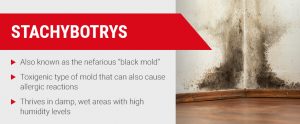
Stachybotrys is also known as the nefarious “black mold.” It is a toxigenic type of mold that can also cause allergic reactions. Stachybotrys mold is dark greenish or black in color and has a slimy texture. Stachybotrys thrives in damp, wet areas with high humidity levels that maintain these environmental conditions for weeks. It is known for growing on cellulose material such as woods, cardboard, paper, hay or wicker.
Stachybotrys is sometimes called “toxic mold” because it produces mycotoxins that cause severe health problems to those who have been exposed to it. Stachybotrys exposure symptoms include difficulty breathing, sinusitis, fatigue and even depression. Dull aches and pains in the mucous membranes of the sinuses are common among sufferers of black mold exposure. If you’ve been exposed to stachybotrys you may also experience burning sensations in your airways, a tightening in the chest, persistent cough, nose bleeds, fever and painful headaches.
Stachybotrys is linked to neurological problems in children and pulmonary bleeding in infants. If you have black mold in a home with children, it is important to remove children from the home and prevent their exposure to stachybotrys. Contact a mold remediation professional immediately to help restore your home back to safety.

